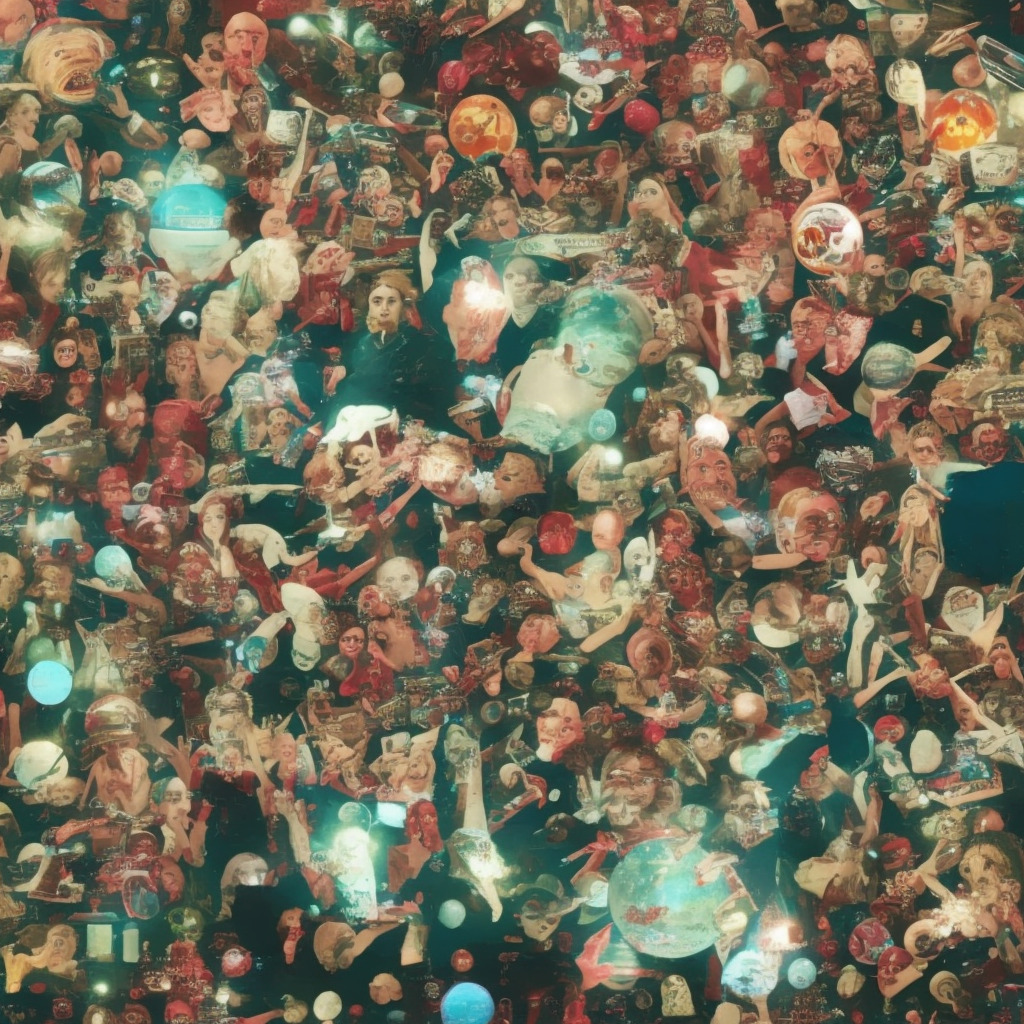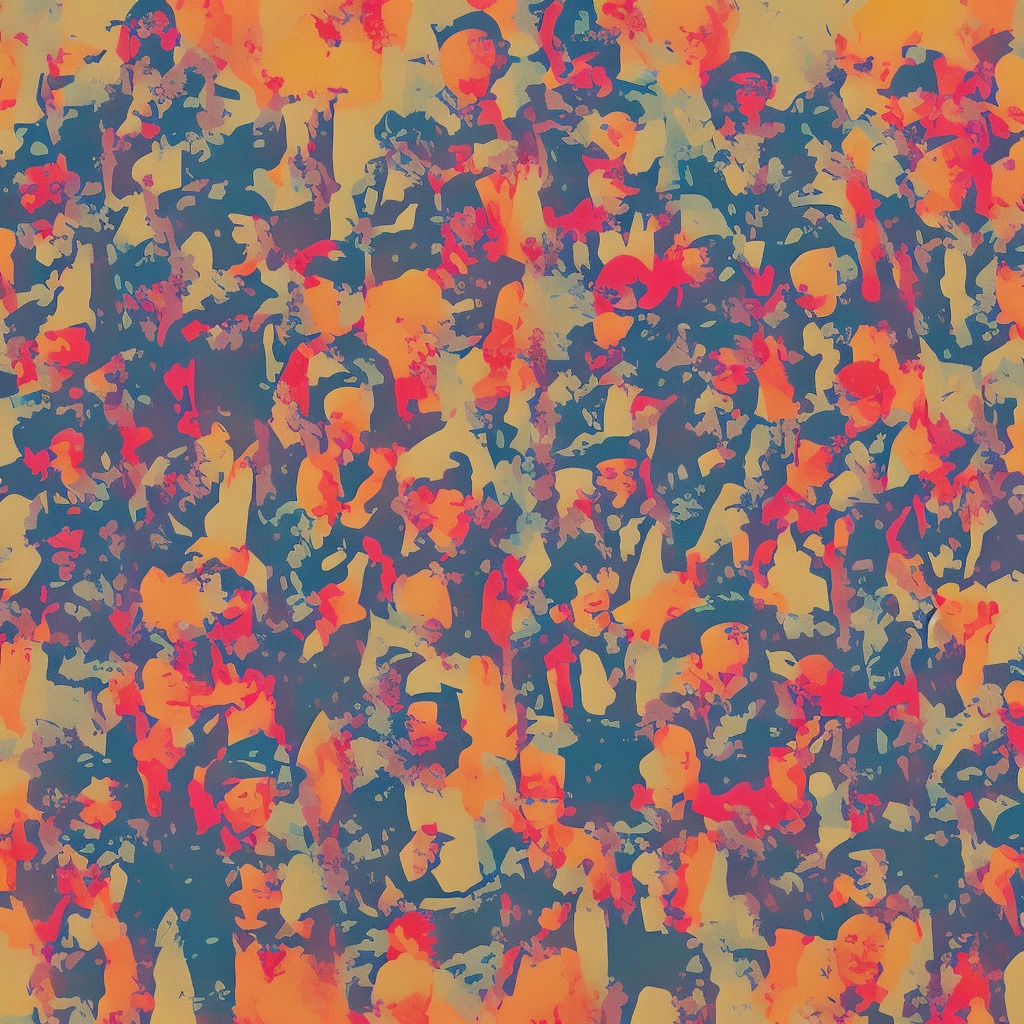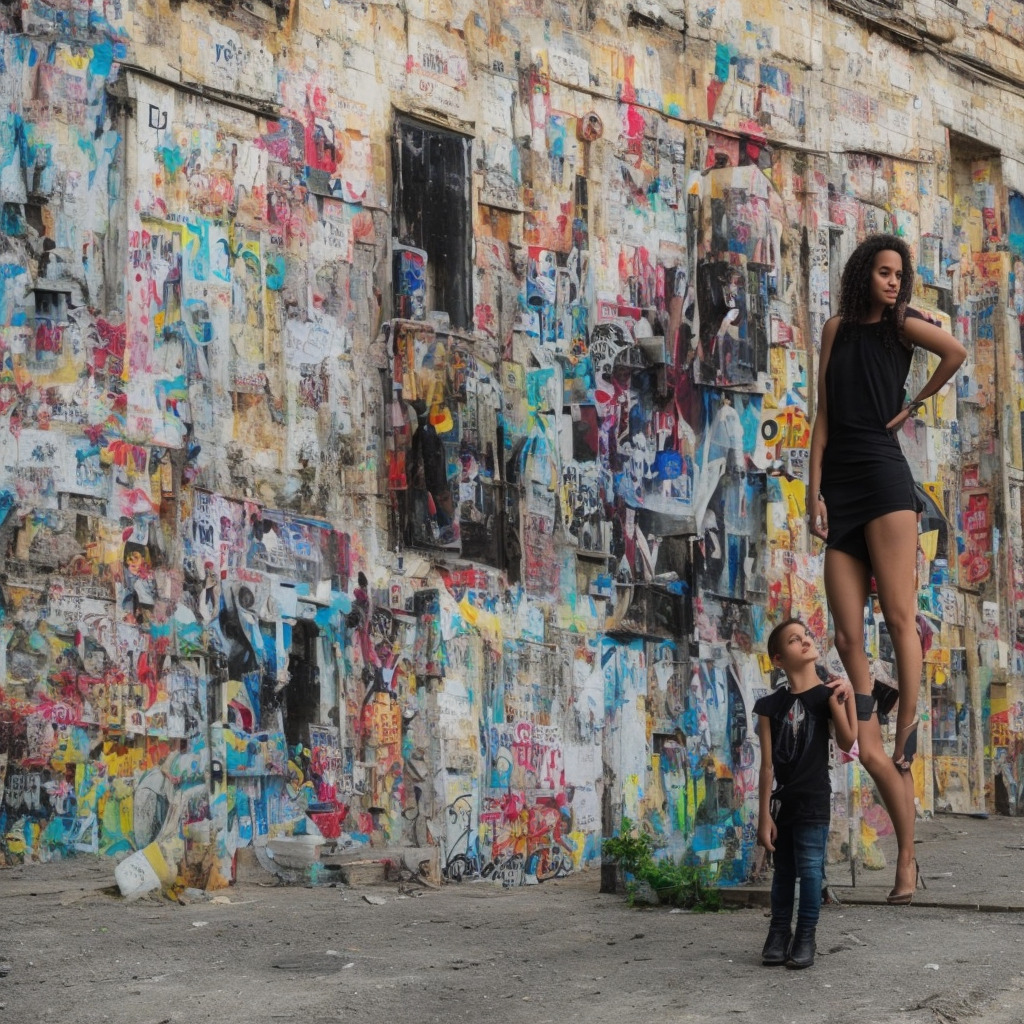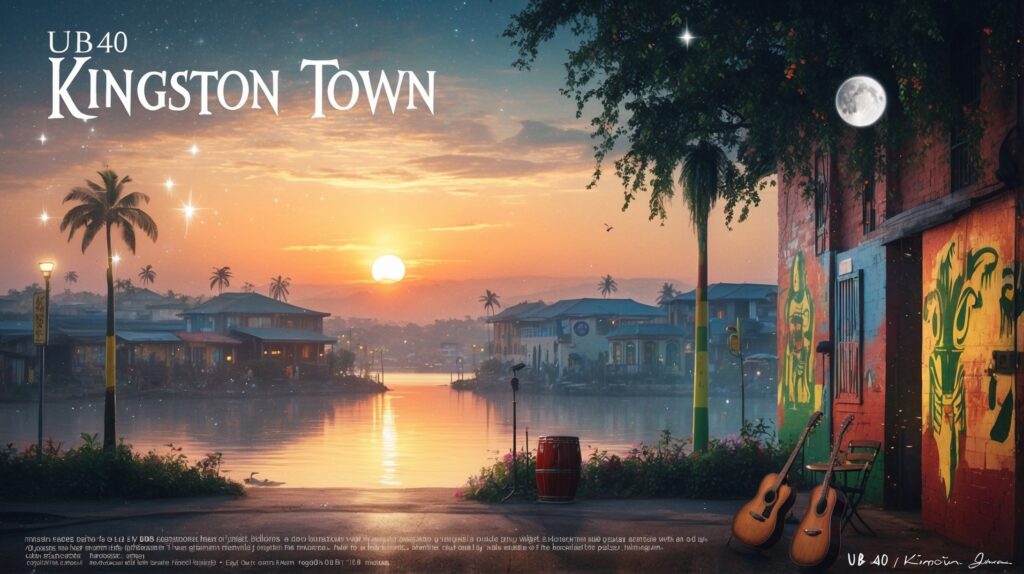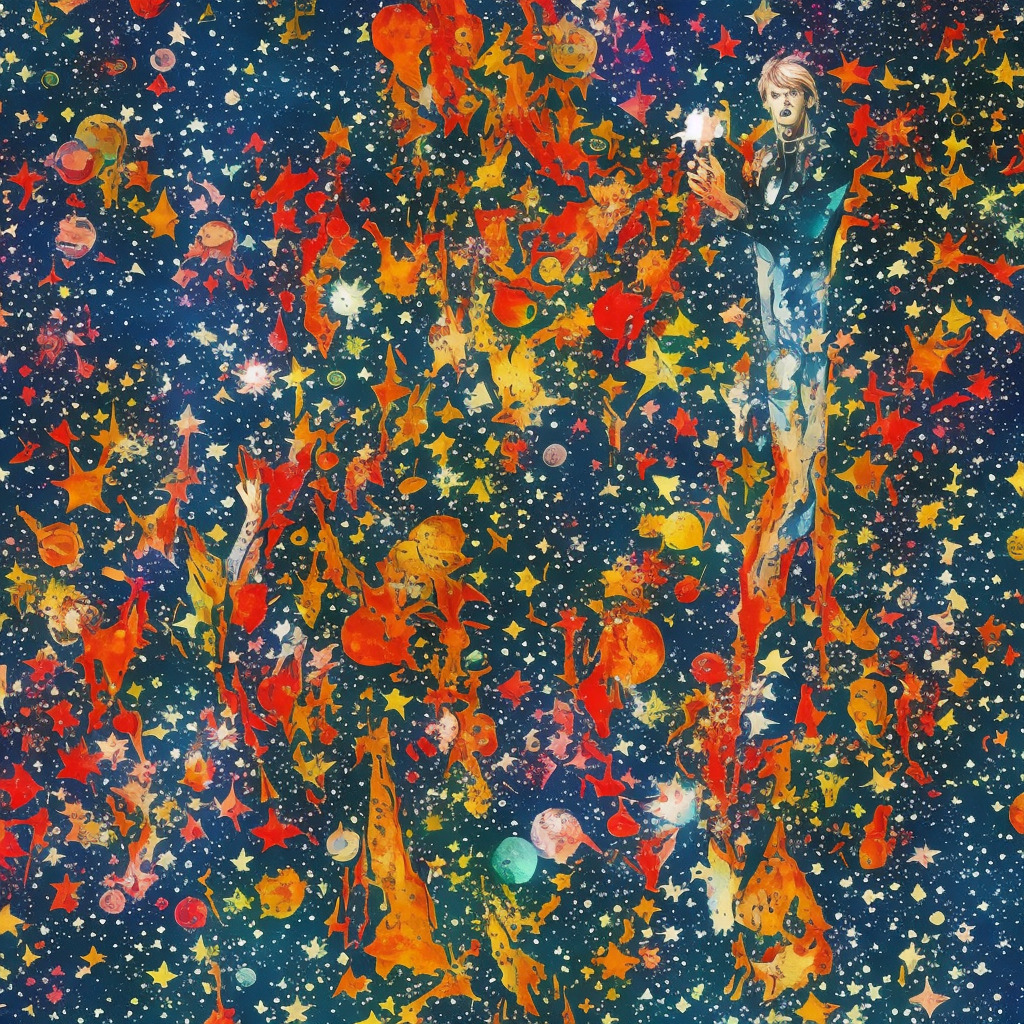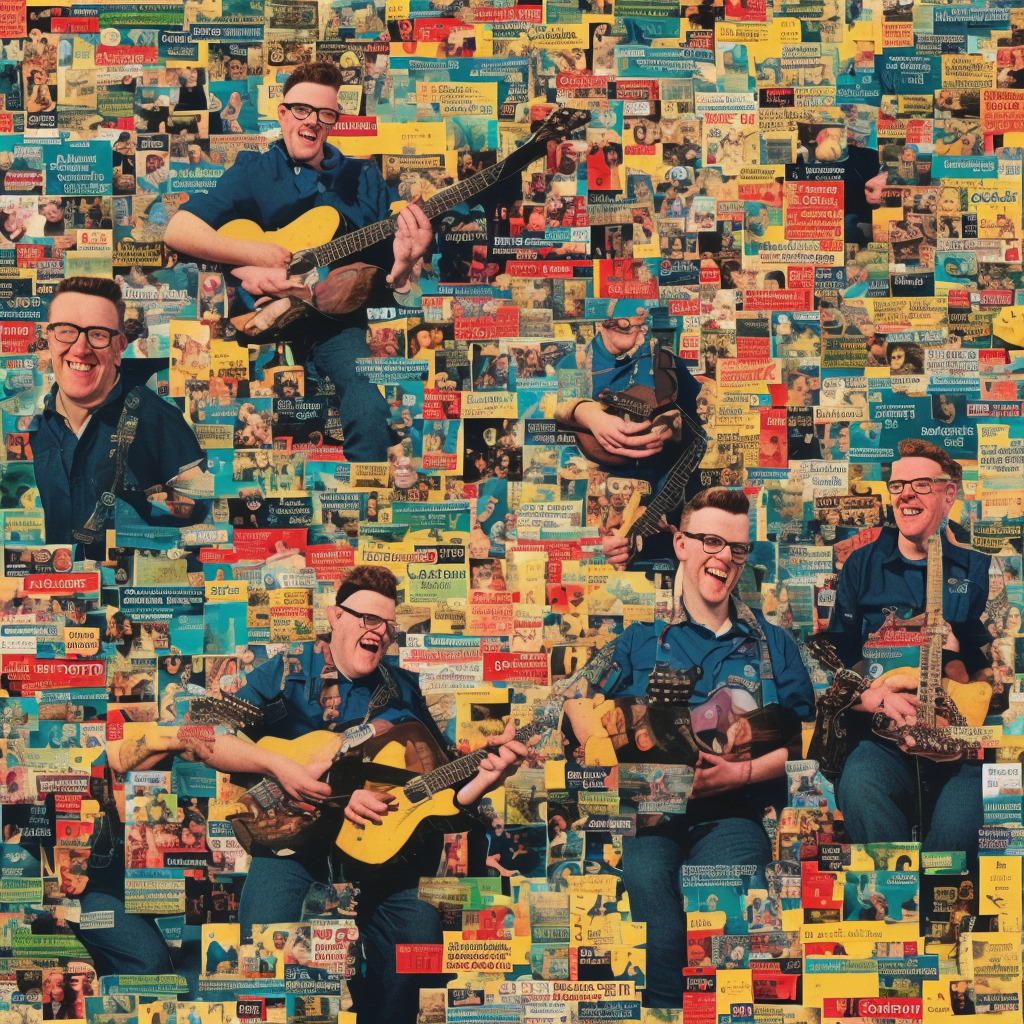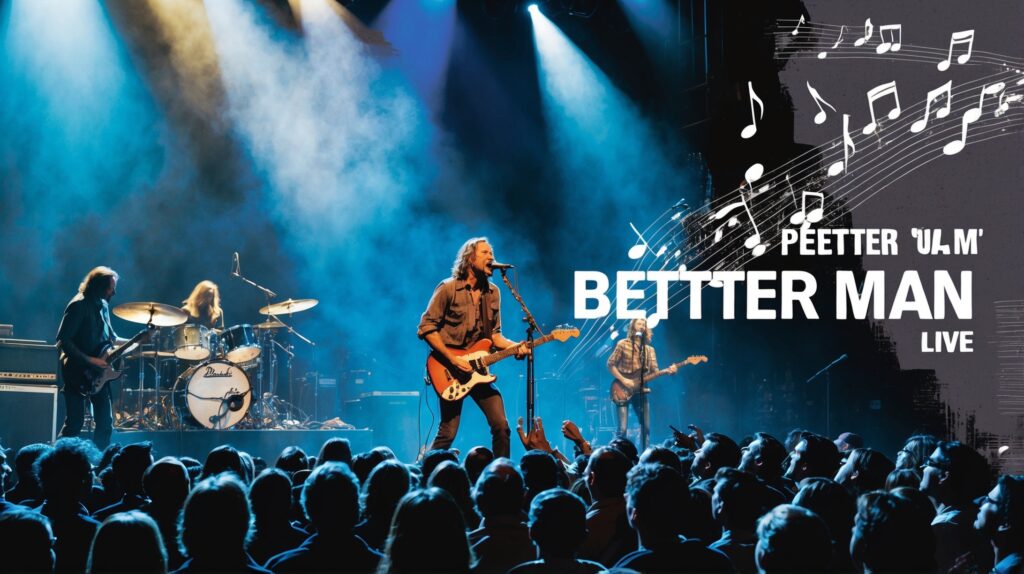🎵Blast from the past! #Billie’s debut hit “Because We Want To” (1998) made her the youngest solo artist to snag UK’s #1 spot at just 15! 🤯 Rewind & dance like it’s the 90’s! 💃🕺#FunFactFriday #90sNostalgia #MusicTrivia Read about it: tinyurl.com/mwfvmt74
Exploring Billie’s Vibrant Journey with a 90s Throwback
“Embark on a nostalgic ride through Billie Piper’s dynamic career, from her infectious 90s pop anthem to her award-winning acting pursuits!”
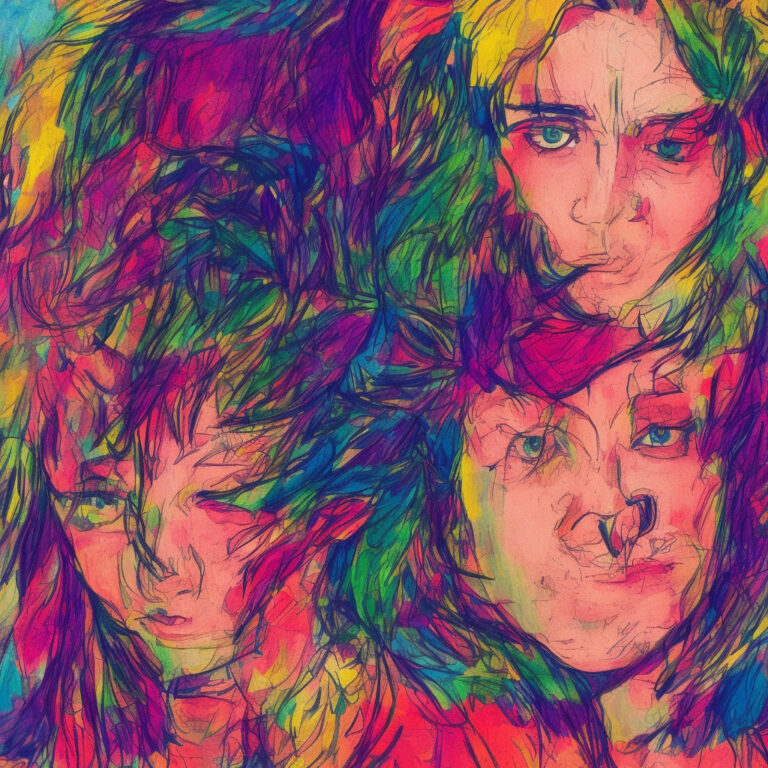
If there’s one thing that stands out about Billie Piper’s career, it’s her unwavering versatility. From her time as a pop phenomenon to her transition into an acclaimed actor, she has continuously proven her prowess in the entertainment world. But, for this blog post, let’s take a trip down memory lane and revisit her infectious hit “Because We Want To,” which marked her arrival in the music industry with a bang.
Released in 1998, “Because We Want To” had all the ingredients of a 90s pop classic, complete with its catchy tune and rebellious teenage spirit. It’s worth noting that Billie was only 15 when she debuted with this track, and it quickly became the UK’s number one single, making her the youngest solo artist to achieve this milestone since the 1960s.
The song’s empowering message and its music video, which featured Billie and her crew taking over a street with their energetic dancing, resonated with the youth. The infectious chorus, “Because we want to, because we want to,” became somewhat of an anthem for the young generation, further amplifying her instant stardom.
Despite the smashing success of “Because We Want To” and subsequent hits like “Girlfriend” and “Something Deep Inside,” Billie’s music career didn’t last as long as her fans would have hoped. She released two albums, “Honey to the B” (1998) and “Walk of Life” (2000), before deciding to leave the music industry.
However, her departure from the pop scene was a blessing in disguise as it paved the way for her acting career. Billie went on to become a household name through her role as Rose Tyler in the popular British TV series “Doctor Who.” She has since showcased her acting prowess in numerous TV shows and films, earning several accolades, including the Laurence Olivier Award for Best Actress in a Supporting Role.
It’s been over two decades since “Because We Want To” topped the charts, but the song still holds a special place in the hearts of Billie’s fans. It serves as a vivid reminder of her incredible journey from a teenage pop sensation to an award-winning actor. While her foray into the music world may have been brief, her impact on the industry and her fans is unforgettable.
Charting the Journey of a 90s Hit
“Billie Piper’s 90s pop anthem ‘Because We Want To’ shattered records and set the stage for her meteoric rise as an empowering pop icon.”
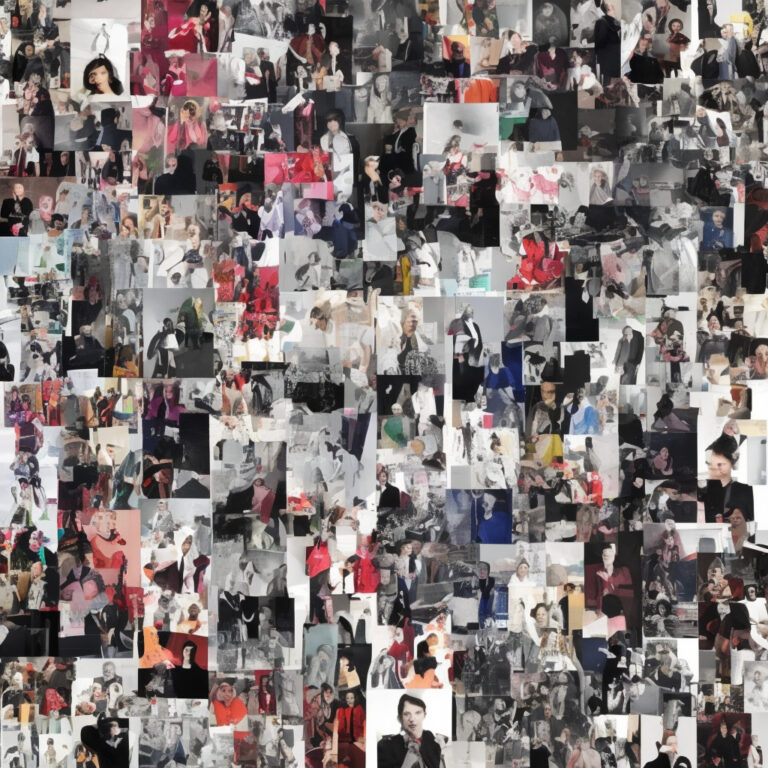
Released on June 29, 1998, “Because We Want To” by Billie Piper made quite an impact on the charts. This pop anthem, produced by Wendy Page and Jim Marr, quickly became a favorite among fans and critics alike. Billie’s energetic performance and catchy tune managed to capture the essence of the late 90s pop explosion.
Upon its release, “Because We Want To” entered the UK Singles Chart at an impressive number one position, and it held onto the top spot for a total of three weeks. This achievement made Billie Piper the youngest artist to debut at number one in the UK charts, a record she held at the age of 15 years and 287 days. Moreover, it was the first time a solo female artist had managed to pull off this feat since Kate Bush’s “Wuthering Heights” in 1978.
The song also found success in other countries, making it to the top 10 in countries like Ireland, Scotland, and New Zealand. It reached number 8 in the Australian ARIA Singles Chart, proving its popularity in the international market. Additionally, “Because We Want To” was certified Gold in the UK, with more than 400,000 copies sold.
Aside from its chart success, “Because We Want To” contributed to Billie Piper’s growing fame as a pop sensation. The track was included in her debut album “Honey to the B,” which was released later in 1998, and spawned another chart-topping single, “Girlfriend.” The success of these singles undoubtedly helped establish Billie as a household name in the pop music scene of the late 90s.
In conclusion, “Because We Want To” by Billie Piper was a major hit in the late 90s, achieving record-breaking chart success and earning the young artist a prominent place in pop history. This song’s catchy melody and empowering message still resonate with fans today, making it a memorable and enduring classic.
Dissecting the Bold and Unapologetic Spirit of the Lyrics
Why you gotta play that song so loud?
Because we want to! Because we want to!
Why d’you always run around in crowds?
Because we want to! Because we want to!
Why d’you always have to dance all night?
Because we want to! Because we want to!
Why d’you always say what’s on your mind?
Because we want to! Because we want to!
Well, I can’t help it if I don’t know how
And I can’t help it if I don’t know how
And I can’t help it if I don’t know how
And I can’t help it if I don’t know how
Diving into the lyrics of “Because We Want To” by Billie, one can’t help but feel a sense of rebellious spirit and freedom that resonates throughout the song. These lyrics perfectly encapsulate the essence of the late 90s, where a newfound sense of liberation and self-expression was experienced by the youth.
The repetitive phrase “Because we want to!” serves as a bold declaration of independence, directly challenging societal norms and expectations. It’s a reminder to not be afraid to live life authentically and unapologetically, defying conventions and embracing one’s individuality.
Additionally, the lyrics touch on themes such as questioning authority, embracing spontaneity, and the power of communal experiences. The lines “Why d’you always run around in crowds?” and “Why d’you always have to dance all night?” highlight the importance of shared joy and unity in a time when social and cultural barriers were beginning to be broken down.
The vulnerability expressed in the lines “Well, I can’t help it if I don’t know how” further contributes to the sense of authenticity, as it acknowledges the challenges and uncertainties faced by the youth during that era. This particular lyric captures the raw, honest emotions associated with growing up and finding one’s place in the world.
Overall, the lyrics of “Because We Want To” stand as a powerful, timeless anthem for self-expression and empowerment. Its message continues to resonate today, serving as a reminder to live life with unapologetic passion and to always question the status quo.
A Trip Down Memory Lane: The “Because We Want To” Music Video
“Because We Want To”: A nostalgic, futuristic pop extravaganza where Blade Runner meets the ’90s, igniting Billie Piper’s meteoric rise to stardom.
The music video for Billie’s infectious pop anthem, “Because We Want To,” directed by the talented Barnaby Roper, is a blend of late ’90s nostalgia and energetic visuals that perfectly captures the essence of the song. Roper, known for his work with artists like Banks, David Bowie, and Swedish House Mafia, masterfully combines a futuristic, sci-fi vibe with Billie’s playful and rebellious nature.
Released in 1998, the music video takes the viewer on an exciting journey through a retro-futuristic cityscape, complete with flying cars and neon-lit streets. The production design by Dominic Hailstone showcases a cool urban setting inspired by movies like “Blade Runner” and “The Fifth Element,” with Billie leading a group of mischievous kids in a dance-filled quest to liven up the city.
The video was produced by Flynn Productions, a company known for their work on music videos for top-tier artists such as Madonna, U2, and Coldplay. With a budget rumored to be around £150,000, the “Because We Want To” music video was a significant investment, but one that paid off in spades. In fact, the video helped catapult Billie Piper to international stardom, earning her the distinction of being the youngest female artist ever to debut at No. 1 on the UK singles chart at the tender age of 15.
One of the key elements that make the “Because We Want To” video so memorable is the creative and lively choreography by renowned choreographer, Michael Rooney. The dance routines are energetic, fun, and perfectly synchronize with the song’s upbeat tempo. The mix of high-energy dance moves and Billie’s undeniable charisma helped make this video an unforgettable piece of ’90s pop culture.
In addition to the official music video, fans of the song have taken to YouTube to create their own tributes and covers in various styles, further showcasing the lasting appeal of “Because We Want To.” From acoustic renditions to animated parodies, it is evident that this catchy tune has left a lasting impression on music lovers worldwide.
In summary, the “Because We Want To” music video is a delightful mix of sci-fi aesthetics, late ’90s fashion, and spirited dance routines. Directed by Barnaby Roper and featuring the incredible production design of Dominic Hailstone and choreography by Michael Rooney, this music video remains a beloved piece of pop culture history, serving as a testament to Billie’s enduring impact on the music world.
Behind the Music: The Mastermind Composer
Diving deeper into the creation of “Because We Want To,” we must give recognition to the composer who played an instrumental role in crafting the song’s infectious melody and unforgettable lyrics. Wendy Page, a highly sought-after composer and producer, is the mastermind behind the hit single. Page, having collaborated with an array of artists from various musical backgrounds, possesses a keen ability to create impactful and memorable tunes. One of her most notable works includes “Honey to the Bee,” which also happens to be one of Billie’s chart-topping songs. With her undeniable talent and knack for making music that resonates with listeners, Wendy Page continues to leave an indelible mark on the music industry.
A Trip Down Memory Lane
Blast from the 90s: “Because We Want To” – Billie Piper’s chart-topping debut, an era-defining gem that still captivates with its infectious energy and nostalgic charm.
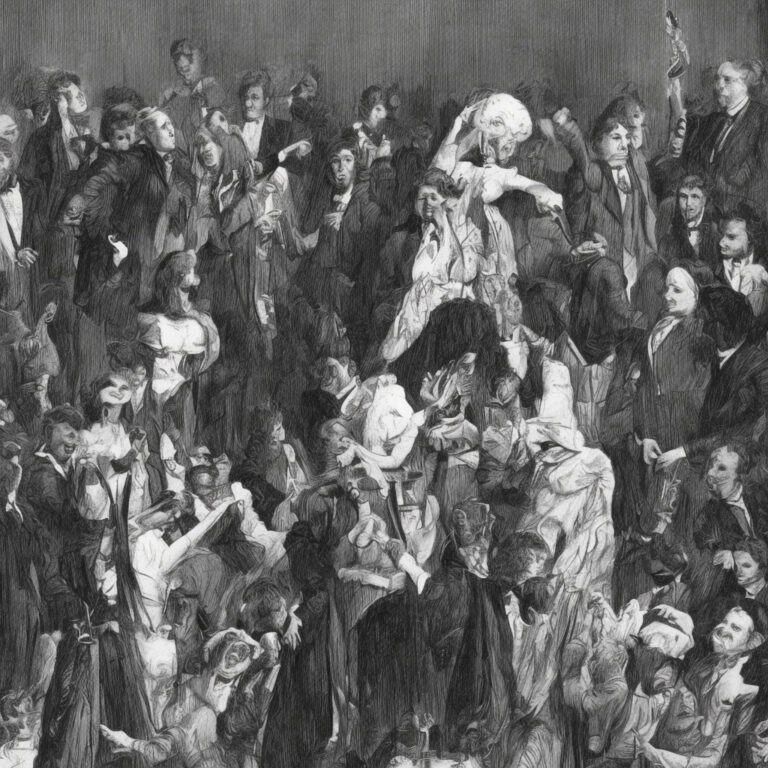
“Because We Want To” certainly left its mark on the pop music world, earning a number of accolades and becoming a staple of 90s nostalgia. The single, released in 1998, debuted at number one on the UK Singles Chart, making then 15-year-old Billie Piper the youngest artist to debut at the top spot since 1968. Not only did the song become a commercial success, but it also earned Billie a nomination for Best Single at the 1998 Smash Hits Poll Winners Party.
Over the years, the infectious energy of “Because We Want To” found its way into various media, further solidifying its place in pop culture. One notable example is the song’s inclusion in the soundtrack of the 1998 British children’s television show “The Saturday Aardvark,” where it provided a burst of youthful energy to the program. Additionally, the song became a popular choice for commercials, as well as a favorite track in nightclubs and 90s-themed parties.
“Because We Want To” did not escape the attention of fellow musicians and cover artists. While there have been numerous tributes and covers of the song over the years, a few standouts include a punk-infused version by the band Gobshite, as well as an acoustic rendition by singer-songwriter Joe Dolman. These interpretations showcase the song’s versatility and its ability to resonate with audiences across different genres.
The song’s accompanying music video, featuring Billie engaging in a playful extraterrestrial adventure and battling aliens alongside her backup dancers, captured the imagination of many viewers. It became a favorite on music channels like MTV and VH1, further contributing to the song’s widespread popularity.
In the years since its release, “Because We Want To” has been regarded as a 90s classic and continues to be celebrated for its infectious pop sound and catchy lyrics. As Billie Piper’s career has evolved, from pop star to respected actress, the song remains a fun and nostalgic reminder of her early beginnings in the music industry.
Decoding the Musical Formula
Diving into the technicalities of “Because We Want To,” we first notice that the song is written in the key of A major. This key is often associated with a bright and cheerful tonality, which perfectly complements the song’s energetic and upbeat vibe. The composition primarily relies on the I-IV-V chord progression (A-D-E), which is a classic pop formula known for its catchy and easily digestible sound.
The tempo of the track is set at a lively 123 beats per minute (BPM), further contributing to its danceable nature. One of the standout elements in the song is the use of syncopation in both the melody and rhythm sections. Syncopation, or placing emphasis on off-beats, is a technique often employed in pop and dance music to create a sense of movement and excitement. In “Because We Want To,” this is evident in the staccato-like rhythm of the synthesizers and the playful melody of the vocals.
Throughout the song, we can also observe the effective use of dynamics to accentuate certain sections and create contrast. For instance, the pre-chorus features a more subdued arrangement with a focus on Billie’s vocals, which then explodes into the full-on chorus with its infectious hook and layered instrumentals. This technique of building tension and release keeps the listener engaged and adds to the overall impact of the song.
Another notable aspect of “Because We Want To” is its attention to texture and timbre. The track expertly combines various electronic and synthesized sounds, such as the punchy bassline, bright synth stabs, and atmospheric pads, creating a rich sonic landscape that envelops the listener. Moreover, the use of stereo panning and reverb effects adds depth and dimension to the mix, making for an immersive listening experience.
In conclusion, “Because We Want To” is a masterclass in pop songwriting and production, skillfully employing tried-and-true techniques while still maintaining a fresh and modern sound. The combination of its infectious melody, danceable tempo, and expertly-crafted arrangement make it a standout track that continues to resonate with listeners even today.

